
IT AINT ME, BABE
Great Barrington Books
Bringing the old and new together in the spirit of W. E. B. Du Bois

An imprint edited by Charles Lemert

Titles Available
Keeping Good Time: Reflections on Knowledge, Power, and People
by Avery F. Gordon (2004)
Going Down for Air: A Memoir in Search of a Subject
by Derek Sayer (2004)
The Souls of Black Folk, 100th Anniversary Edition
by W. E. B. Du Bois, with commentaries by Manning Marable,
Charles Lemert, and Cheryl Townsend Gilkes (2004)
Sociology After the Crisis, Updated Edition
by Charles Lemert (2004)
Subject to Ourselves, by Anthony Elliot (2004)
The Protestant Ethic Turns 100
Essays on the Centenary of the Weber Thesis
edited by William H. Swatos, Jr., and Lutz Kaelber (2005)
Postmodernism Is Not What You Think
by Charles Lemert (2005)
Discourses on Liberation: An Anatomy of Critical Theory
by Kyung-Man Kim (2005)
Seeing Sociologically: The Routine Grounds of Social Action
by Harold Garfinkel, edited and introduced by Anne Warfield Rawls (2005)
The Souls of W. E. B. Du Bois
by Alford A. Young, Jr., Manning Marable, Elizabeth Higginbotham,
Charles Lemert, and Jerry G. Watts (2006)
Radical Nomad: C. Wright Mills and His Times
by Tom Hayden with Contemporary Reflections by Stanley Aronowitz,
Richard Flacks, and Charles Lemert (2006)
Critique for What? Cultural Studies, American Studies, Left Studies
by Joel Pfister (2006)
Social Solutions to Poverty, by Scott Meyers-Lipton (2006)
Everyday Life and the State, by Peter Bratsis (2006)
Thinking the Unthinkable: An Introduction to Social Theories
by Charles Lemert (2007)
Between Citizen and State: An Introduction to the Corporation
by David A. Westbrook (2007)
Politics, Identity, and Emotion, by Paul Hoggett (2009)
Out of Crisis: Rethinking Our Financial Markets, by David A. Westbrook (2010)
Uncertain Worlds: World-Systems Analysis in Changing Times,
by Immanuel Wallerstein, Carlos Aguirre Rojas, and Charles Lemert (2012)
It Aint Me, Babe: Bob Dylan and the Performance of Authenticity,
by Andrea Cossu (2012)
IT AINT ME, BABE
BOB DYLAN AND THE PERFORMANCE OF AUTHENTICITY
ANDREA COSSU
First published 2012 by Paradigm Publishers
Published 2016 by Routledge
2 Park Square, Milton Park, Abingdon, Oxon OX14 4RN
711 Third Avenue, New York, NY 10017, USA
Routledge is an imprint of the Taylor & Francis Group, an informa business
Copyright 2012, Taylor & Francis.
All rights reserved. No part of this book may be reprinted or reproduced or utilised in any form or by any electronic, mechanical, or other means, now known or hereafter invented, including photocopying and recording, or in any information storage or retrieval system, without permission in writing from the publishers.
Notice:
Product or corporate names may be trademarks or registered trademarks, and are used only for identification and explanation without intent to infringe.
Library of Congress Cataloging-in-Publication Data
Cossu, Andrea, 1975-
It aint me, babe: Bob Dylan and the performance of authenticity / Andrea Cossu.
p. cm.
Includes bibliographical references and index.
ISBN 978-1-61205-187-1 (hardcover : alk. paper)
ISBN 978-1-61205-188-8 (pbk. : alk. paper)
1. Dylan, Bob, 1941Criticism and interpretation. 2. Dylan, Bob, 1941Performances. 3. Folk musicUnited StatesHistory and criticism. 4. Popular musicHistory and criticism. I. Title.
ML420.D98C69 2012
782.42164092dc23
2012009981
Designed and Typeset by Straight Creek Bookmakers.
ISBN 13: 978-1-61205-187-1 (hbk)
ISBN 13: 978-1-61205-188-8 (pbk)

I distinctly remember four of my first Dylan moments. There have been many others, but these have shaped my relationship with Dylans work and have probably led to this book. I remember the first time I consciously heard Dylans voice. It was 1984, and I was barely eight years old. I saw the video of Jokerman, and I recall my mother saying something like, that is Bob Dylan, probably followed by something about the minstrel of protest; she knew little of what was going to happen in the years to come, including attending her first Dylan concert. I remember the first time I saw Dylan. Television journalists were on strike in my home country of Italy, and the Hard Rain concert replaced the midday news, with Dylan and Joan Baez strumming their acoustic guitars and performing a duet on I Pity the Poor Immigrant (strangely enough, this is the song that stuck in my mind). I remember the first time I saw Dylan in concert, on a stormy night in 1991, when I got the chance to hear both A Hard Rains A-Gonna Fall (it was falling) and Shelter from the Storm (there was no shelter). Finally, I remember the first time I heard Like a Rolling Stone. It was the summer of 1990, and one of my classmates had just bought the album Highway 61 Revisited. I listened, listened again, and rushed out to buy a copy, spending my pocket money for the week. I have shared my interest in Dylan with many people over the years, and many of them remember what they were doing or where they were the first time they heard Like a Rolling Stone. One of my students once told me that every time is like the first time, but I tend to disagree: the first time, if Dylans voice catches you by surprise, it leaves you speechless, breathless, and restless, and suddenly you realize youve been hooked.
This book is in part the ultimate result of a teenagers encounter with a singer and his songs. But even the chanciest things are shaped and guided through their realization. Many people have helped me with this project, by providing academic advice, editorial help, and the strong encouragement that only best friends and colleagues can give. This book has been made better because of their support and constructive criticism. I will forever be grateful to Charles Lemert, who has supported the project since he first heard about it and who has been my friend, colleague, and mentor. Most of all, he has taught me to never let my curiosity wane, because it is through our constant, curious use of the sociological imagination that we can make some sense of what we do as social scientists. Gary Alan Fine has been a source of inspiration with his writings on reputations, and his advice has helped improve many parts of this book, by pushing me to investigate things I had overlooked as well as to clarify several points; his support has been truly invaluable. Ron Eyerman helped make my stay at Yale a great experience, not the least for our early morning chats in front of our favorite coffeehouse. Ron is one of the many people I know who remembers the first time he heard Like a Rolling Stone, so he knows what this book is all about. In Trento, and in many e-mails, Mario Diani has encouraged me to never give up, and I hope he takes this book as evidence that I didnt.


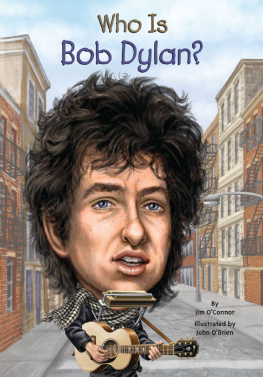

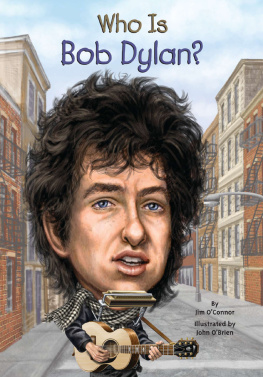

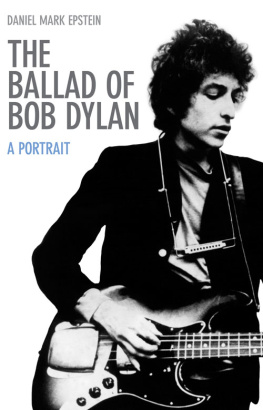
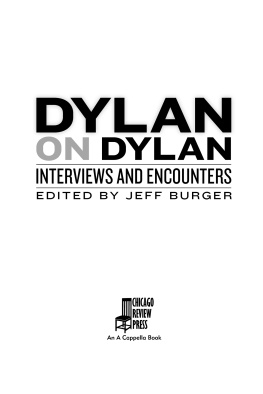

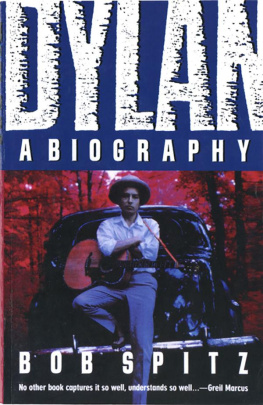


 An imprint edited by Charles Lemert
An imprint edited by Charles Lemert 

